Egging an idea is kin to egging a person on. Thanks to everyone’s enthusiastic encouragement, I have a bunch of things to talk about today. If you are looking for some interesting tid-bits about eggs, some great recipes, things to know about buying, storing and boiling the perfect eggs, or making some hand made cards and gifts, you will find it all here today.
You have heard the saying, “you can’t make an omelet without breaking a few egg”…. In order to get something good or useful, you must give up something else. The egg is part of the Jewish Passover holiday and is placed on the Seder plate as a symbol of sacrifice and loss. To some, it also symbolizes the full cycle of life, and therefore hope and rebirth.
The egg is like the seed which is a symbol of the potential of life. In ancient times, the egg was a symbol of creation, and in some cultures, luck, wealth and health. In Europe during pagan and Christian times, eggs symbolized life and resurrection, leading to the Easter tradition of Easter Eggs to remind us of Christ’s Resurrection. The hard shell of the egg represents the sealed Tomb of Christ, and cracking the shell represents Jesus’ resurrection from the dead. (Incidentally, in most other languages, the word for Easter, Pascua in Spanish and Pasques in French, derives from the Greek and Latin Pascha or Pasch, for Passover).
Historically, in many Christian households, it was traditional to use up all of the eggs before Lent began. The Tuesday before Ash Wednesday (when lent begins), is known as Mardi Gras, a French phrase which translates as “Fat Tuesday” to mark the last consumption of eggs and dairy before Lent begins. During Lent, chickens would not stop producing eggs so a larger than usual store might be available at the end of the fast. Hard boiling all of these extra eggs and decorating them would help preserve them longer and serve as part of the holiday festivities.
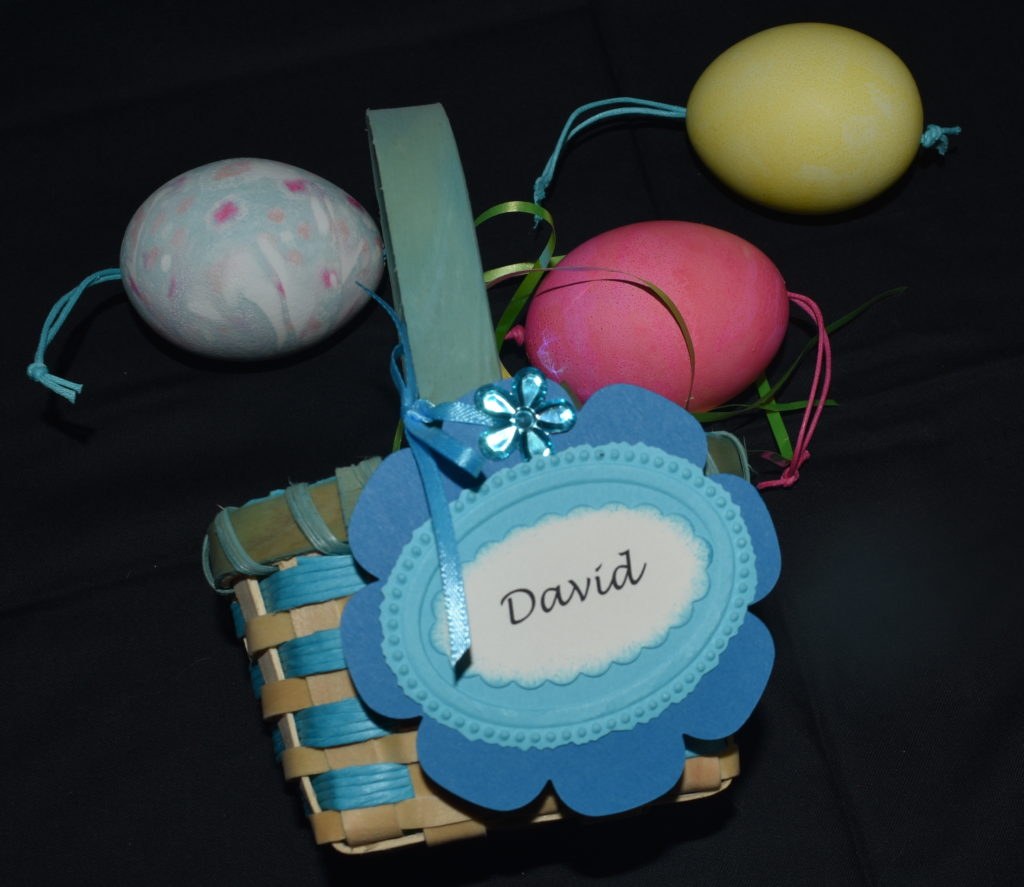
I am lucky to have friends who raise chickens and bring me wonderful fresh eggs from their back yard. If you can find farm fresh eggs like these, you won’t want to ever go back to buying eggs at the grocery store!
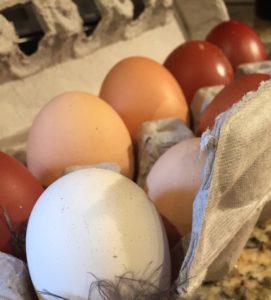
What Do Egg Labels Mean?
NATURAL indicates that the eggs are minimally processed, but since all eggs are sold minimally processed, the label effectively means nothing. Similarly, FARM-FRESH carries no guarantees.
FREE-RANGE, FREE-ROAMING, and CAGE-FREE eggs come from chickens that are not kept in battery cages, but instead in large open barns or warehouses. A major improvement for the chickens but the labeling laws have no requirements as far as the size or quality of the area goes, nor for how long the chickens must be allowed out.
CERTIFIED ORGANIC eggs come from chickens kept in open barns or warehouses with an unspecified degree of outdoor access. They must be fed an organic, all-vegetarian diet free of animal by-products, antibiotics, and pesticides, and farms are checked for compliance by the USDA.
CERTIFIED HUMANE eggs have been verified by third-party auditors, and this label requires stricter controls on stocking densities, giving the chickens more space and the ability to engage in natural behaviors like nesting and perching. Producers are not allowed to engage in forced molting, the practice of inducing hens into a laying cycle by starving them, (this practice is allowed for all other types of eggs).
OMEGA-3-ENRICHED eggs come from chickens that have been fed supplements made from flaxseed or fish oil to increase the levels of omega-3 fatty acid.
TEST HOW FRESH AN EGG IS: There is a quick and easy test to determine how fresh your egg is: drop it into a clear cup or bowl of water. Eggshells are porous so they lose about 4 microliters of water a day to evaporation while simultaneously taking air into the space between the shell and the inner membrane near the fat end. In very fresh eggs, the air space is tiny and the egg will sink to the bottom of the cup and lie on it’s side. As eggs age, the air space will grow, so old eggs will sink and then stand on their points as the air in the larger end tries to rise. If you have an egg that floats, it is probably past it’s prime and should be thrown out.
(Summarized from, The Food Lab, J. Kenji López-Alt)
Let's Crack Some Eggs!
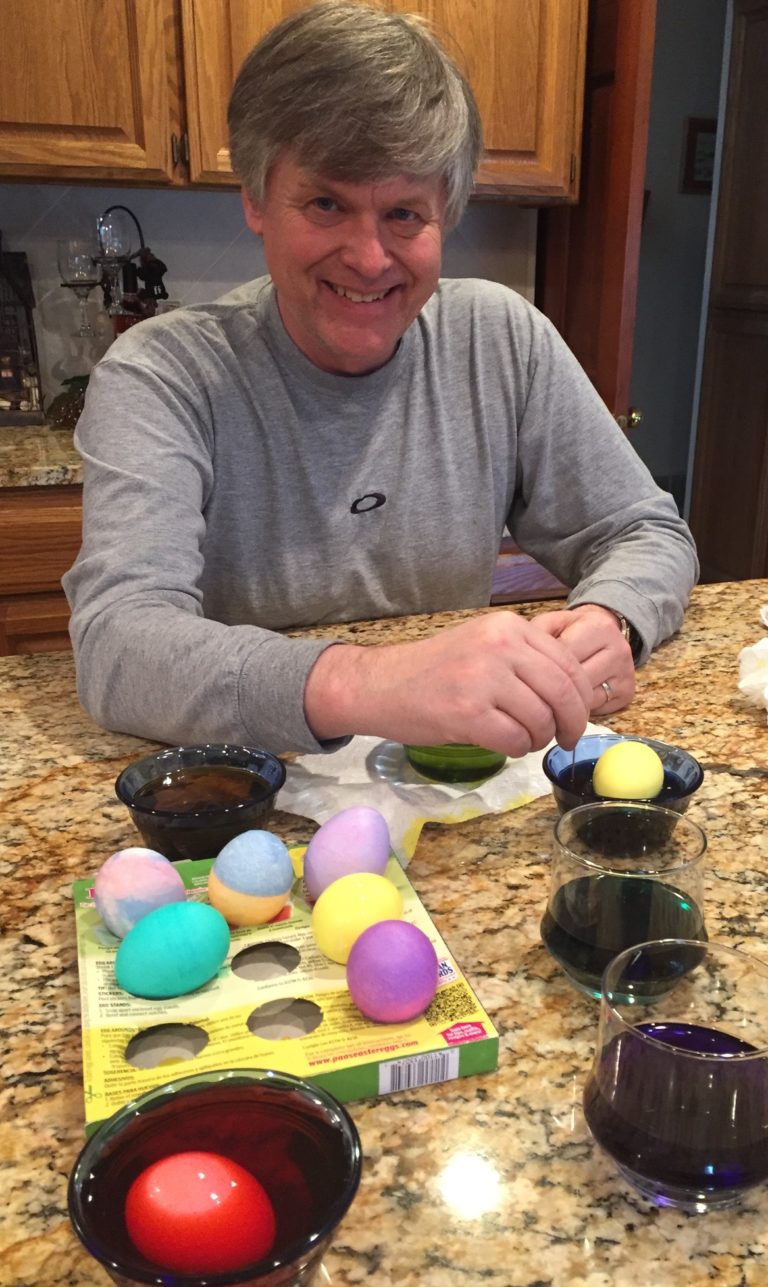
Tortilla Española–Potato and Onion Omelet
Ingredients
- 1 cup extra virgin olive oil
- 1 pound Yukon Gold or russet potatoes, peeled and sliced 1/4 inch thick
- Salt and freshly ground black pepper
- 1 onion, thinly sliced
- 6 large eggs
- 3 ounces serrano ham or dry chorizo, diced (optional
- 4 whole piquillo peppers or 1 large roasted red bell pepper, seeded and diced (optional)
- Chopped fresh flat-leaf parsley for garnish
Instructions
- Heat the oil over medium heat in a 10-inch frying pan. Add half of the potato slices and fry, turning once or twice, until tender yet still firm-not browned, 10-15 minutes. Don’t worry if they stick to one another a little, Using a slotted spatula, transfer to a platter and season with salt and pepper. Add the remaining potato slices to the pan, cook them the same way, and transfer them to the platter and season with salt and pepper. Pour out the oil and reserve. Set the pan aside.
- In a smaller frying pan, heat about 2 tablespoons of the reserved oil over medium heat. Add the onion slices and cook, stirring from time to time, until soft and golden, 10 t0 12 minutes. Transfer to a plate and let cool slightly.
- In a large bowl, whisk the eggs until blended. Add the potatoes, onion, and 1 teaspoon salt and stir to distribute evenly. Fold in the ham and piquillos, if using.
- Return the pan used for the potatoes to medium-high heat and add 1/4 cup of the reserved oil. When the oil is hot, pour in the egg mixture. Let the eggs set without stirring, but shake the pan from time to time to make sure they are not sticking. After 3 to 4 minutes, cover the pan, reduce the heat to low, and cook until the bottom of the omelet is set and golden, the top edges are set, and the center is almost set, about 8 minutes.
- Invert a large plate or lid on top of the frying pan, invert the plate and pan together, and lift off the pan. Add a bit more oil to the pan, and the slide the tortilla, browned-side up, back into the pan. Cook until the eggs are set on the bottom, 3 to 4 minutes longer. (Alternatively, omit flipping the omelet and instead finish cooking it in a preheated 400F oven, just until the top is set, about 8 minutes.)
- Slide the omelet out onto a plate. Let it cool a bit and then sprinkle with the parsley. Cut into wedges and serve warm or at room temperature.
Popovers
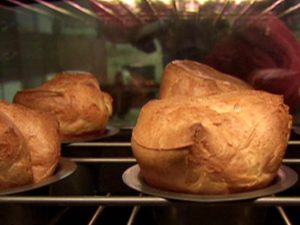
INGREDIENTS
- 1 tablespoon unsalted butter, melted and cooled, plus 1 teaspoon room temperature for pan
- 4 3/4 oz all-purpose flour, approximately 1 cup
- 1 1/2 teaspoons kosher salt
- 2 large eggs, room temperature
- 1 cup whole milk, room temperature
INSTRUCTIONS
- Preheat oven to 400 degrees F
- Grease a 6-cup popover pan with the 1 teaspoon of butter
- Place all of the ingredients into a food processor or blender and process for 30 econds. Divide the batter evenly between the cups ofo the popover pan, each should be abou 1/3 to 1/2 full. Bake on the middle rack of the oven for 40 minutes. Remove the popovers to a cooling rack and pierce each in the top with a knife to allow steam to escape. Serve warm.
- Read more at http://www.foodnetwork.com/recipes/basic-popover-recipe

Deviled Eggs
Ingredients
- 6 large hard boiled eggs, pealed and sliced in half lengthwise
- 1/4 cup mayonnaise
- 1 1/2 tablespoons sweet pickle relish
- 1 teaspoon prepared mustard
- pinch of cayenne, salt and freshly ground pepper
- paprika and chives for garnish
Instructions
- Carefully place yolks in a bowl and set egg whites on serving dish
- Mash yolks with mayonnaise, relish, mustard, salt and pepper–stir well
- Place filling in a pastry bag fitted with a small star tip and pipe into egg whites
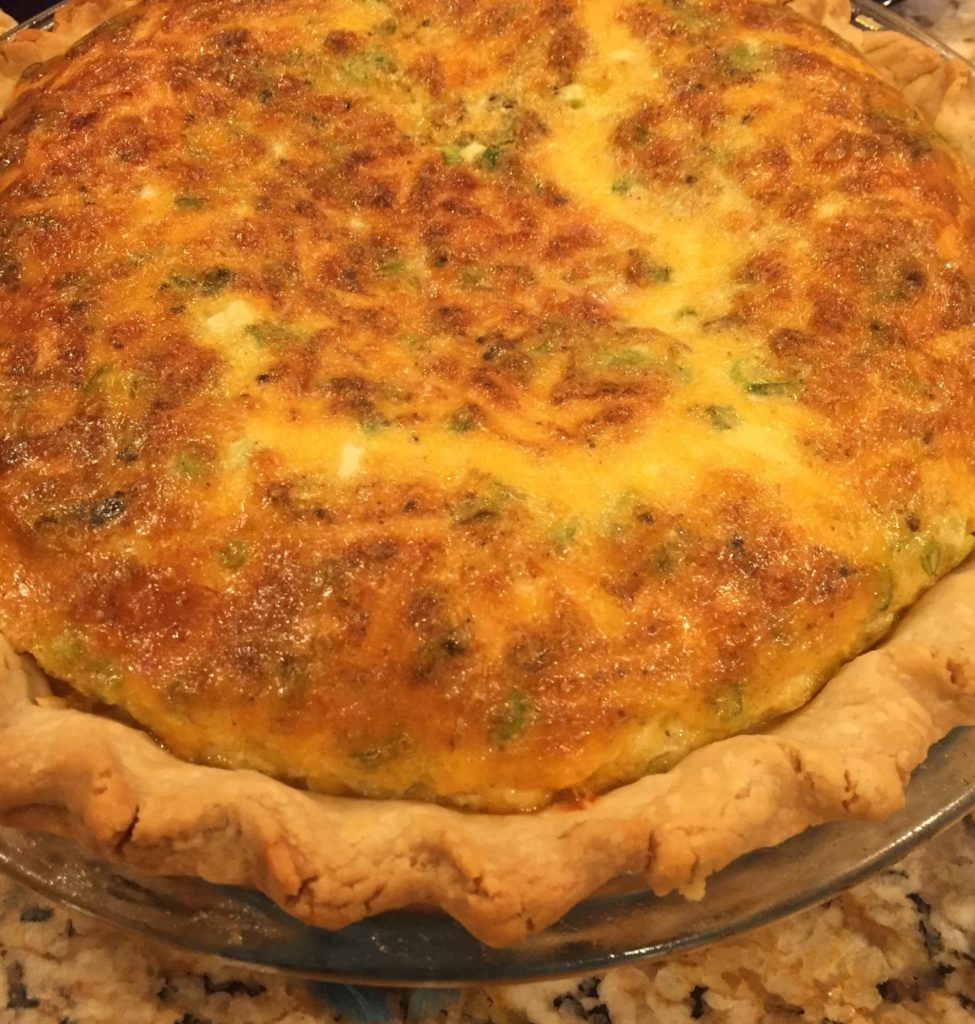
Quiche Poulet
Ingredients
1–9 inch pre-baked pie crust
1 C diced cooked chicken or ham
1 C shredded Swiss or Cheddar Cheese
2 Tbsp minced green onions
6 eggs
1 and 1/2 C light cream or milk or 13 oz can evaporated milk
1 tsp salt (decrease to 1/4 or 1/2 with ham and cheddar
1/4 tsp poultry seasoning
1/8 tsp cayenne
Instructions
Sprinkle meat, cheese, and green onion evenly in pre-baked pie crust. In a bowl, beat eggs just to break yolks and blend. Add milk or cream, salt and seasoning. Stir together. Pour over ingredients in pie shell. Bake 375 35-40 minutes or until knife comes out clean. Let cool a few minutes before serving.
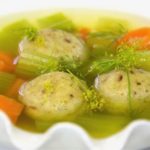



Fresh Egg Pasta
INGREDIENTS
- 3/4 cup all-purposed flour
- 1/2 cup Semolina flour
- 1 tsp salt
- 3 extra-large eggs
- 2 tbsp olive oil
INSTRUCTIONS
- Put flours and salt in work bowl of food processor and pulse twice.
- Add eggs and olive oil
- Pulse and then process until dough comes together
- Rest in refrigerator for at least 30 minutes before rolling out.
Roasted Butternut Squash Ravioli with Sage In Browned Butter Sauce
INGREDIENTS
- 9 tablespoons butter
- 3 tablespoons minced shallots
- 1 cup roasted butternut squash puree
- Salt
- Freshly ground white pepper
- 3 tablespoons heavy cream
- 3 tablespoons grated Parmigiano-Reggiano cheese, plus 2 ounces
- Pinch nutmeg
- 1 recipe pasta dough, rolled out into wide ribbons, about 1/4-inch thick
- 12 fresh sage leaves
- 1 tablespoon finely chopped fresh parsley
INSTRUCTIONS
- In a large saute pan, over medium heat, melt 1 tablespoon of the butter. Add the shallots and sauté for 1 minute. Add the squash puree and cook until the mixture is slightly dry, about 2 to 3 minutes. Season with salt and pepper. Stir in the cream and continue to cook for 2 minutes. Remove from the heat and stir in 3 tablespoons cheese and nutmeg, to taste. Season with salt and pepper. Cool completely.
- Cut the pasta ribbons into 3-inch squares. Place 2 teaspoons of the filling in the center of each pasta square. Bring 1 corner of the square to the other, forming a triangle and seal the pasta completely. Add the pasta to pot of boiling salted water. Cook until al dente, about 2 to 3 minutes or until the pasta floats and is pale in color.
- In a large saute pan, melt the remaining 8 tablespoons of butter. Add the sage to the butter and continue to cook until the butter starts to brown. Remove from the heat.
- Place some of the pasta in the center of each serving plate. Spoon the butter sauce over the pasta. Sprinkle the 2 ounces of cheese over each plate and garnish with parsley.
Cover Mountain Carrot Cake
Ingredients
- 1 1/2 cups vegetaable oil
- 1 1/2 cups sugar
- 4 eggs, well beaten
- 3 cups grated carrots
- 2 cups unbleached flour
- 1/2 teaspoon salt
- 2 teaspoons soda
- 2 teaspoons ground cinnamon
- 2 teaspoons ground allspice
- 1 cup chopped pecans
- 1 cup raisins
- 1 teaspoon vanilla extract
Instructions
- Cream oil and sugar. Add eggs and carrots, and mix well.
- Mix dry ingredients
- Add flour mixture to carrot mixture, a small amount at a time, beating well.
- Add pecans, raisins and vanilla.
- Pour into a 10 x 14 inch greased and sugared pan and bake at 325 degrees for 1 hour. Cool slightly before frosting.
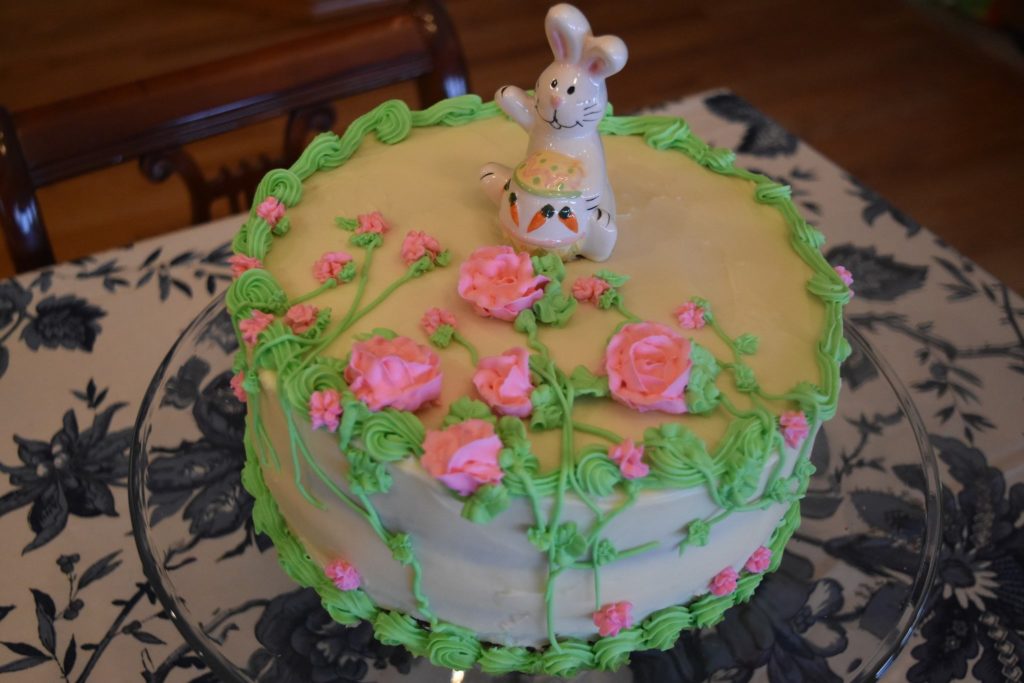
Frosting
- 1/2 cup butter, melted
- 1 8-ounce package cream cheese, softened
- 2 cups sifted, powdered sugar
- 1 teaspoon vanilla extract
Combine butter and cream cheese with sugar and beat well. Add other ingredients, mix well and spread on cooled cake.
(Recipe modified from the Colorado Cache Cookbook, 1980)
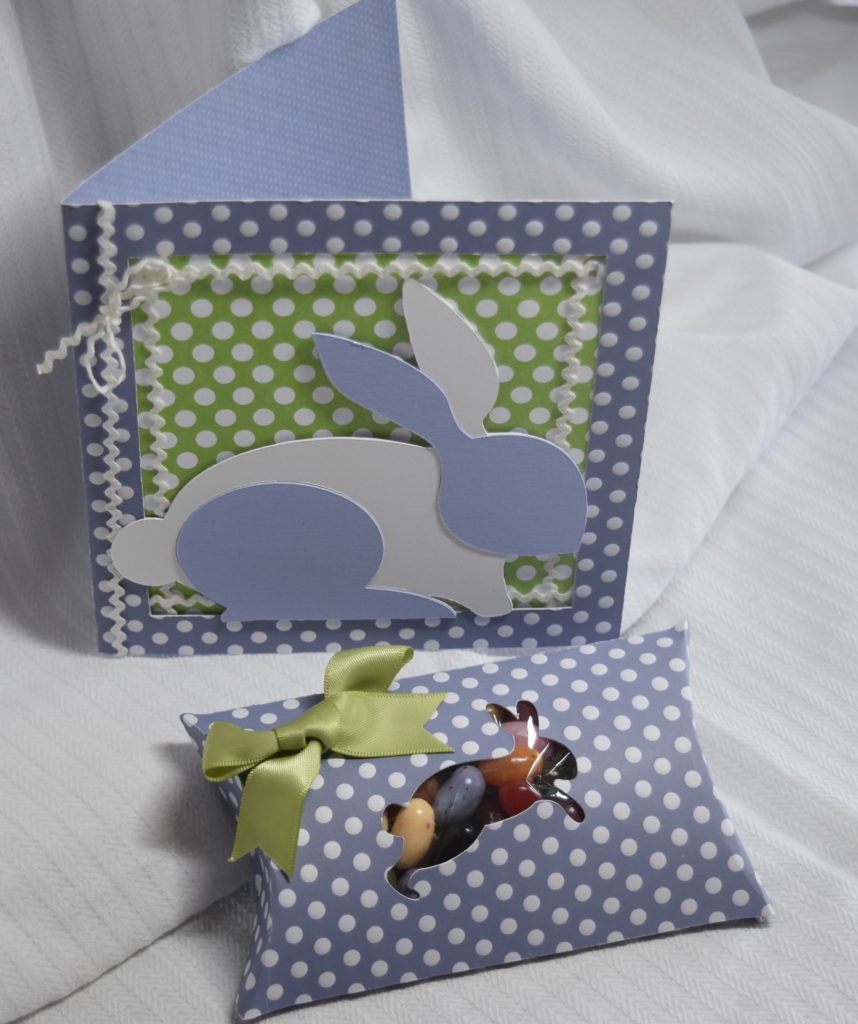

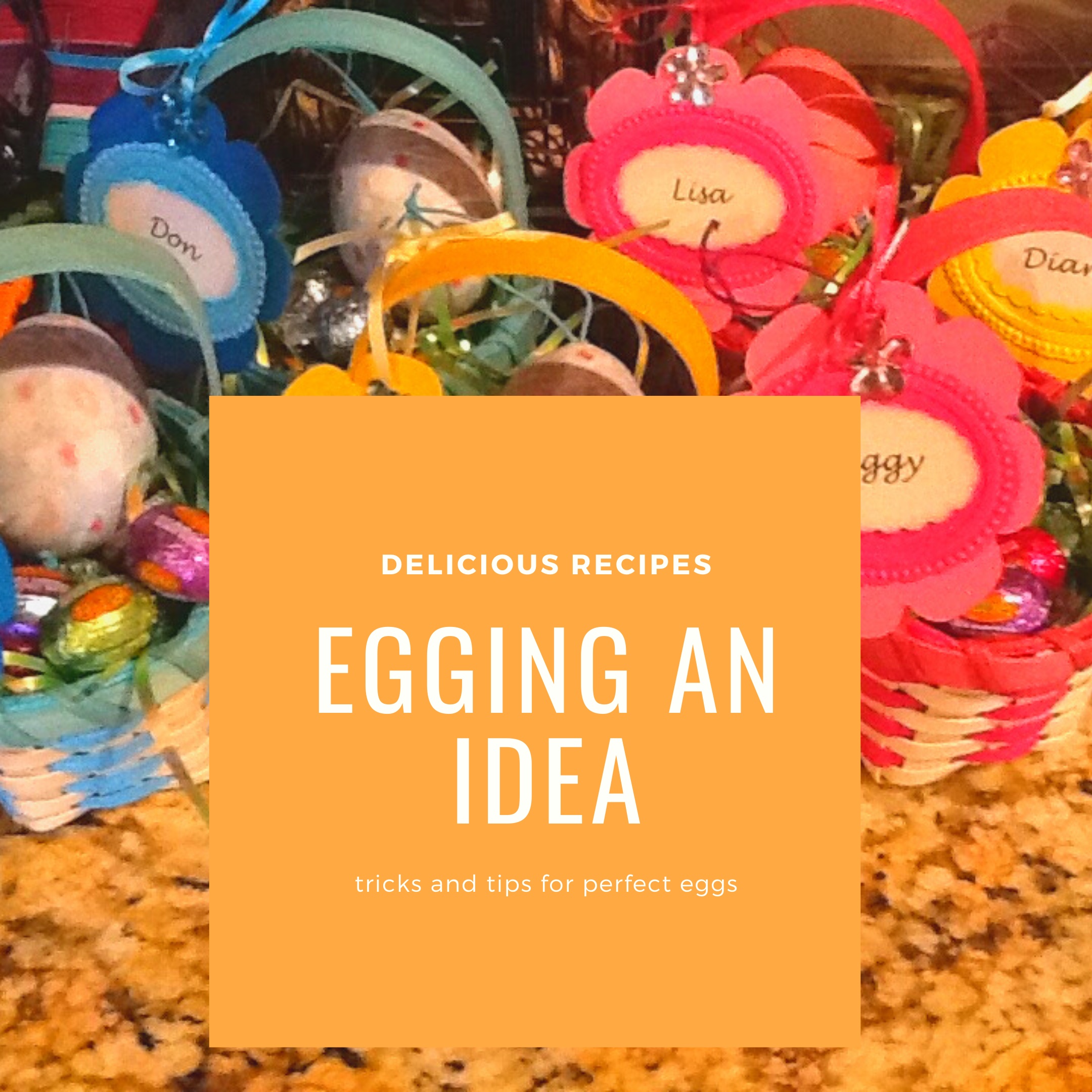



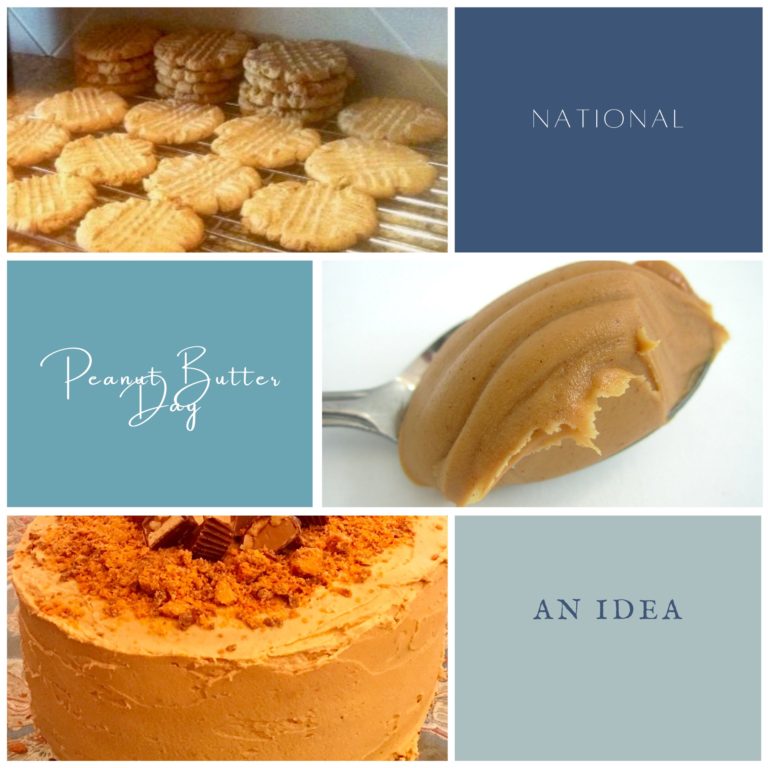


Pingback: EASTER EGG HUNTING AN IDEA - Entertaining An Idea